Description
**Photography – A Queer History: How LGBTQ+ Photographers Shaped the Art**
Photography, like all art forms, is deeply intertwined with the histories of those who create it. Within the context of LGBTQ+ photographers, there exists a rich and complex narrative that reflects the ways in which these artists have not only documented the world but have also reshaped it through their unique perspectives. From capturing personal experiences of identity and desire to challenging societal norms, LGBTQ+ photographers have played a crucial role in both the evolution of photography and the broader LGBTQ+ rights movement.
### Early Pioneers and Hidden Histories
While photography was invented in the 19th century, it was only later that LGBTQ+ photographers began to leave a visible mark on the medium. Early queer photographers, such as **Dora Maar**, a French photographer and painter who was romantically involved with Pablo Picasso, were part of the avant-garde movements but often faced the constraints of the time in terms of public recognition due to their sexual identities. Similarly, **Claude Cahun** and **Marcel Moore**, a French artist duo in the early 20th century, pushed boundaries in self-portraiture and identity, exploring gender fluidity and androgyny in their work. Their photography broke new ground in terms of self-representation and gender ambiguity, but much of their work went largely unrecognized during their lifetimes due to prevailing societal attitudes toward non-heteronormative identities.
Cahun’s self-portraits, which explored themes of gender identity and psychological dislocation, are now considered some of the earliest and most radical expressions of queer identity in visual culture. Their work was not just about self-expression but also a critique of the very notion of fixed identities, a theme that resonates strongly in contemporary discussions of gender and sexuality.
### Post-War Queer Photographers: The Rise of LGBTQ+ Visibility
In the mid-20th century, particularly in the post-World War II era, LGBTQ+ photographers began to emerge more visibly in the art world, using their work to explore personal identity, desire, and the complexities of sexuality in a changing social landscape. These photographers were often deeply influenced by the postwar sexual revolution and the gradual shift toward greater acceptance of LGBTQ+ communities, though they still faced significant challenges, including censorship, criminalization, and discrimination.
One of the most influential figures of this time was **Robert Mapplethorpe**, whose photographs of the human body, often exploring BDSM, nudity, and eroticism, challenged both mainstream artistic sensibilities and societal taboos. Mapplethorpe’s work was controversial, but it was also groundbreaking in its exploration of queer sexual identity, race, and beauty. His images of gay male bodies and his intimate portraits of celebrities and artists (including Patti Smith and Andy Warhol) helped to shift the way LGBTQ+ lives and desires were portrayed in mainstream culture.
Mapplethorpe’s work remains significant today for its aesthetic power and its unflinching exploration of sexuality in all its forms. His photographs challenged conventional ideas of beauty and decency, and though they provoked outrage (particularly in the U.S. in the 1980s), they also pushed the boundaries of what was considered acceptable art.
### The AIDS Crisis and Photography as Activism
The AIDS crisis of the 1980s and 1990s had a profound impact on the LGBTQ+ community, and photographers played a central role in documenting the epidemic, as well as advocating for public awareness and change. **David Wojnarowicz**, a photographer, painter, and writer, was one of the most outspoken artists of this period. His work often depicted the ravages of AIDS, the silence of the government, and the stigma faced by those living with HIV. Wojnarowicz’s photographs, such as his infamous “Untitled (Face in Dirt)” and his portraits of friends and lovers lost to the disease, were not only poignant artistic statements but also direct acts of political resistance.
Similarly, the photography collective **The AIDS Coalition to Unleash Power (ACT UP)** utilized visual activism in its campaigns, capturing the emotional weight of the epidemic through powerful imagery. The group’s use of photography, along with other forms of media, created a lasting visual record of the epidemic and its effects on the LGBTQ+ community, influencing public opinion and policy change.
The combination of art and activism became a central theme for many LGBTQ+ photographers during this period, and the impact of their work can still be felt in contemporary advocacy for health and rights.
### Contemporary LGBTQ+ Photography: Diversifying the Narrative
Today, LGBTQ+ photographers continue to expand the boundaries of the medium, creating a more inclusive and diverse range of representations of queer identity. Contemporary photographers like **Zanele Muholi** (South Africa), **Catherine Opie** (U.S.), and **LaToya Ruby Frazier** (U.S.) are not only documenting their communities but also confronting issues such as race, gender, intersectionality, and the politics of visibility.
Muholi’s work, for instance, focuses on the lives of Black LGBTQ+ individuals in South Africa, particularly those who identify as queer and transgender. Their powerful portraits not only document personal stories but also reflect larger social and political realities, such as the struggles against violence and discrimination. Muholi has described their work as a form of visual activism, aiming to create images of empowerment and pride for marginalized queer communities.
Catherine Opie’s work also addresses themes of identity, particularly in relation to gender and sexuality. Through portraits of LGBTQ+ individuals, Opie challenges conventional representations of both queer culture and the American suburban ideal, offering an alternative view of what family, community, and belonging can look like. Her iconic “Self-Portrait” series, which includes intimate depictions of her own body, interrogates the ways in which queer individuals construct their sense of self in a world that often marginalizes them.
**LaToya Ruby Frazier**’s work, though not exclusively queer, often explores themes of working-class struggle, race, and gender in ways that intersect with LGBTQ+ experiences. Her intimate, raw photography provides insight into the complexities of identity and survival in communities facing systemic oppression.
These contemporary photographers continue the legacy of using photography not just as an art form but as a powerful tool for social and political change. Their work underscores the ongoing struggles for LGBTQ+ rights and visibility, while also celebrating the diversity of queer experiences.
### The Future of Queer Photography
As digital technology and social media platforms increasingly shape how we interact with images, queer photography is poised to evolve in new and exciting ways. The rise of platforms like Instagram has democratized image-making, enabling queer photographers from all walks of life to share their work and connect with a global audience. In the future, queer photographers will likely continue to push the boundaries of what is considered acceptable or normal, using photography as a tool to challenge hegemonic narratives about gender, sexuality, and identity.
Furthermore, the intersection of LGBTQ+ experiences with issues of race, class, disability, and immigration will likely remain central themes, ensuring that queer photography is as diverse and dynamic as the communities it represents.
### Conclusion
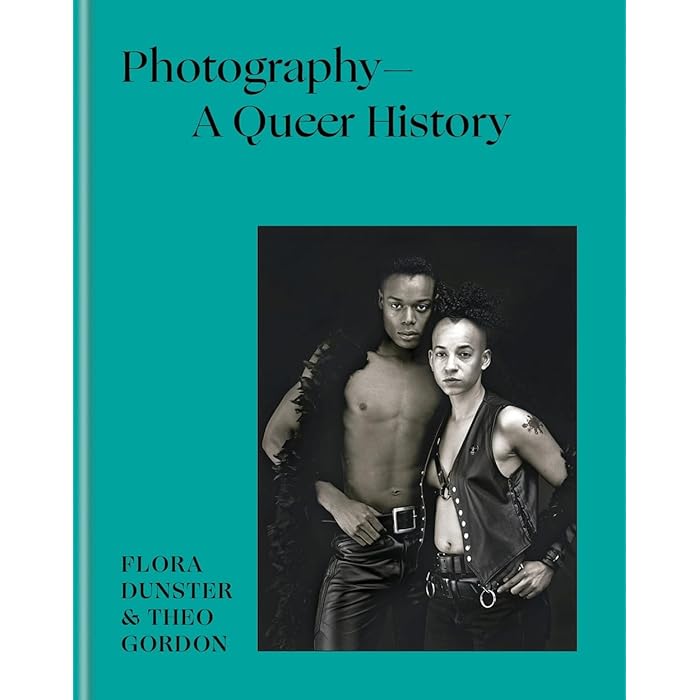
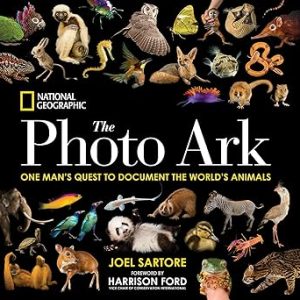
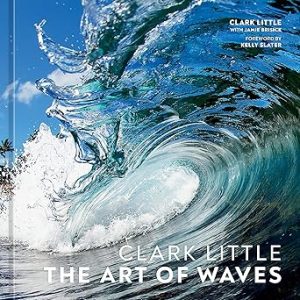
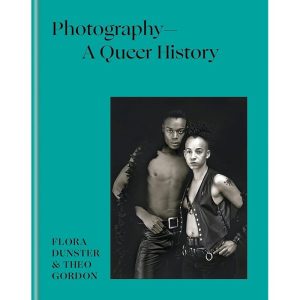
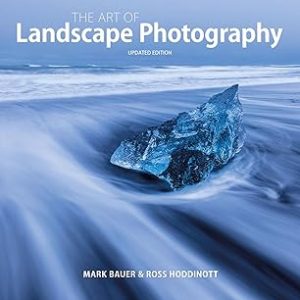









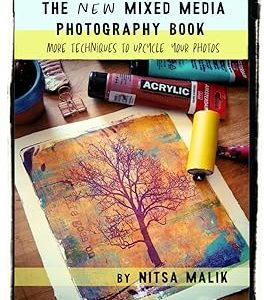
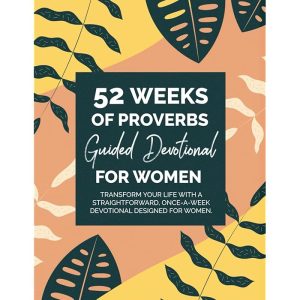
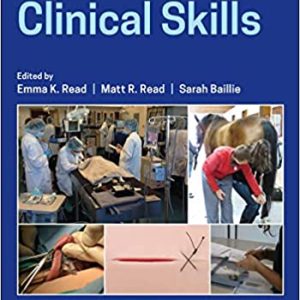





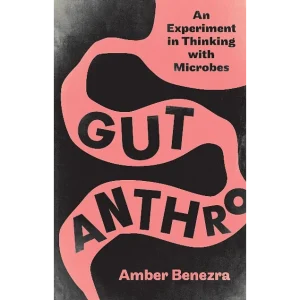


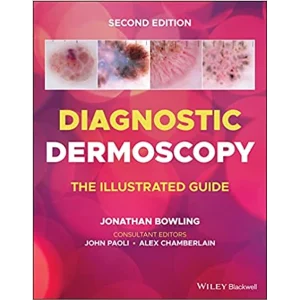






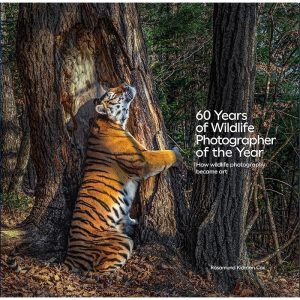


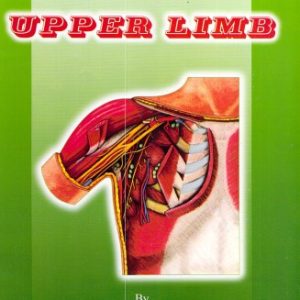
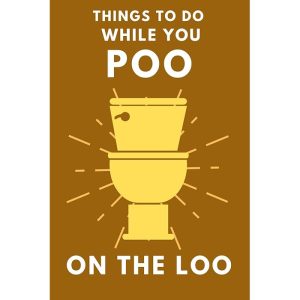


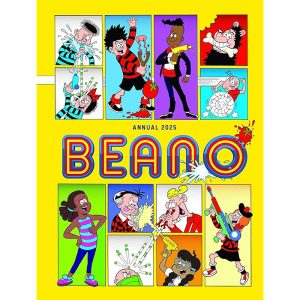
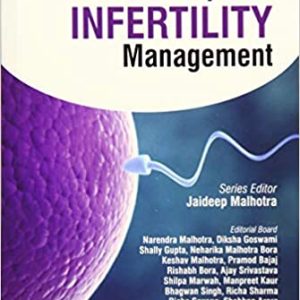
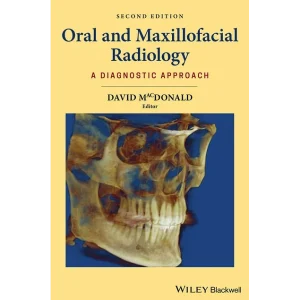







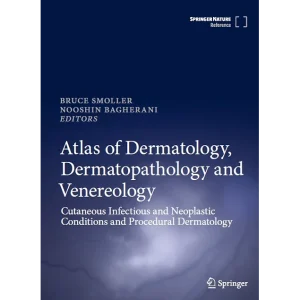

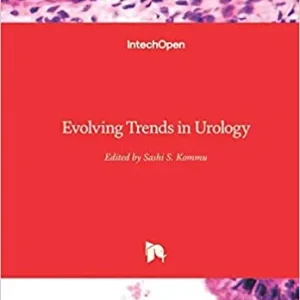

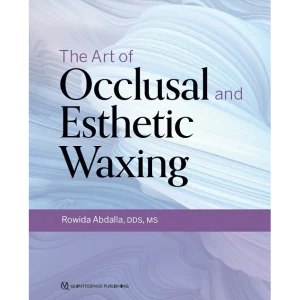
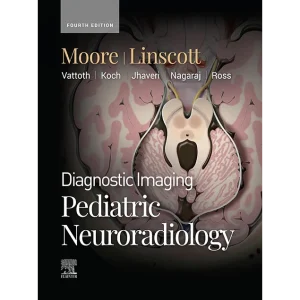
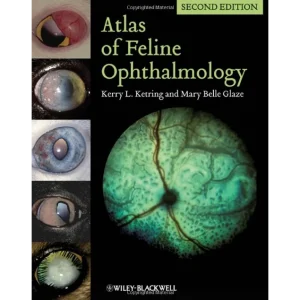



Reviews
There are no reviews yet.